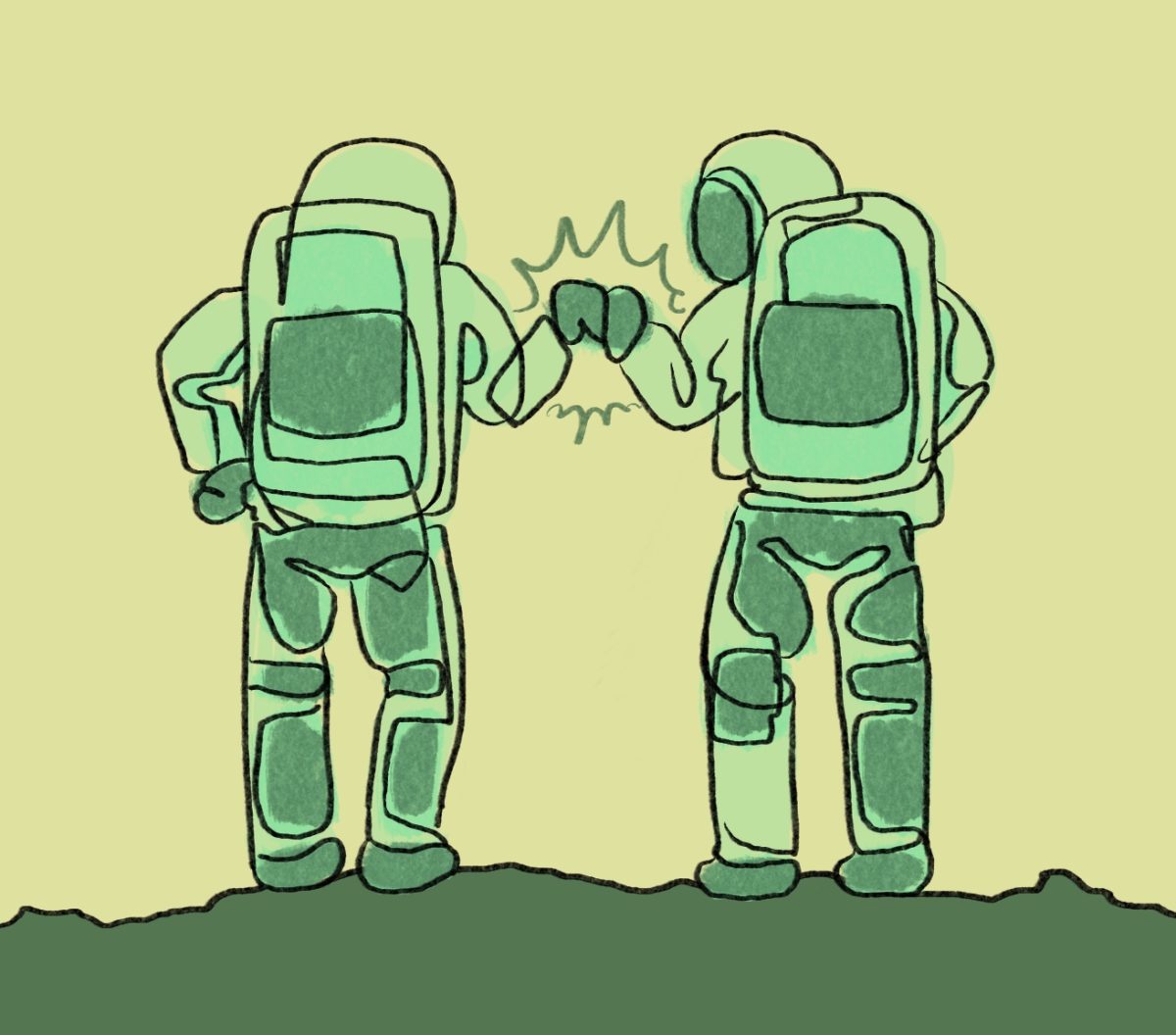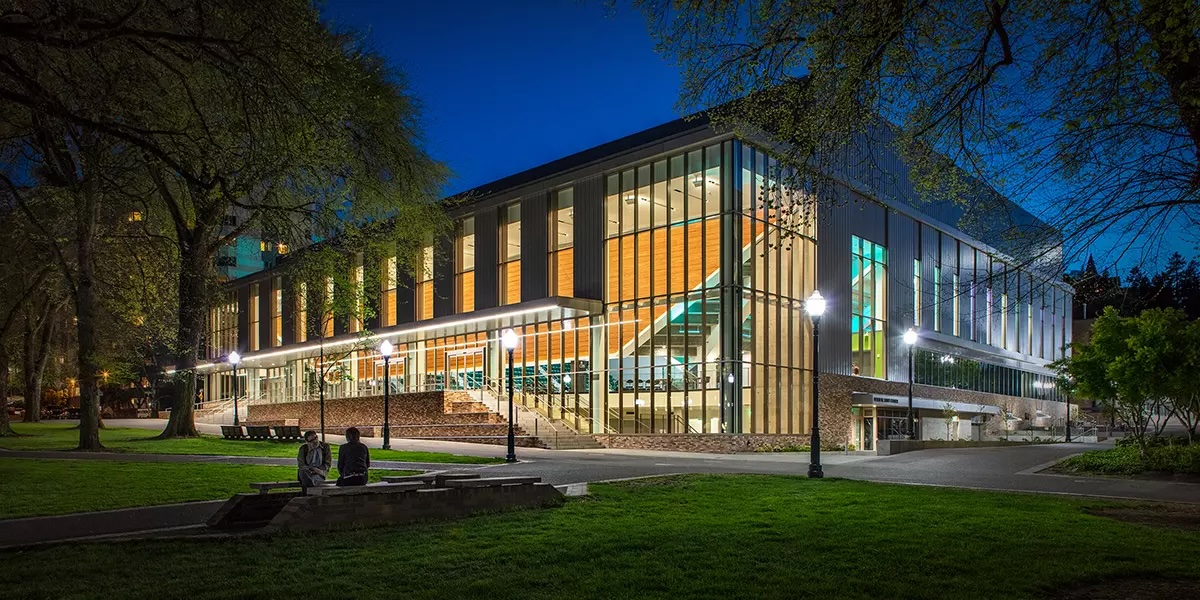Two astronauts have been left stranded in space after Boeing’s “Starliner” mission faced unexpected complications. The Boeing Starliner-1, Boeing’s first manned mission to the International Space Station (ISS), successfully docked on June 6, 2024. Despite the successful docking, leaking helium and malfunctioning thrusters led NASA to deem the manned return mission too much of a risk.
The Starliner did successfully return to Earth on Sept. 7, 2024, without the two astronauts it brought to the ISS. Their stay on the ISS – which would have originally lasted just eight days – has been extended to eight months – until February.
The two astronauts: Sunita Williams and Barry Wilmore, have already been in space on previous missions; Wilmore has a total of nine months in space, while Williams has over a year of experience. These astronauts are on the International Space Station – with access to food, water, oxygen and an estimated 400 square feet of space – comparable to many studio apartments in New York City. Additionally, there are multiple astronauts from other countries they can interact with to pass time. Each country’s module is stocked with regionally appropriate food; even if the US’s stock were to run out, they could easily float to another module.
We are at a point in human history where space has become routine, and if one rocket is not perfect, another company can take over. The ISS is routinely resupplied by unmanned rockets made by both SpaceX and Boeing through their Commercial Crew Program. As of press time, a SpaceX capsule scheduled to arrive next month will bring the astronauts back to Earth on its return trip in February 2025. The chance these astronauts would have died had they gone back on Boeing’s “Starliner” was relatively low; however, there was no downside in waiting for this safer option.
While it may not have been the original plan, these astronauts get to live in space for months – something most can only dream of.







